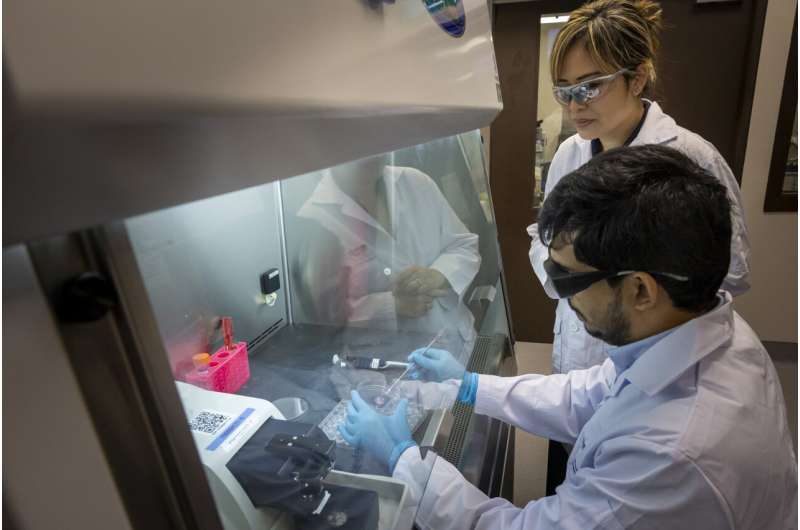Developed by researchers at the College of Design and Engineering (CDE) at the National University of Singapore (NUS) and the National Cancer Center Singapore, the developed bioengineering approach involves embedding thin slices of lymph node tissue in a soft gel that mimics the body’s natural environment. The study was published on 29 August 2025 in the journal, Trends in Biotechnology.
“This innovative approach preserves the original architecture and functions of the tissue for at least a week, enabling detailed, real-time studies of how immune cells behave in response to specific immune perturbations,” said Assistant Professor Eliza Fong from the Department of Biomedical Engineering at NUS CDE, who co-led the study.
Lymph nodes are small, bean-shaped structures that act as command centers for the immune system. Until now, most research has relied on preclinical models or simplified cell cultures, which often fail to reflect the complexity of human immunity.

